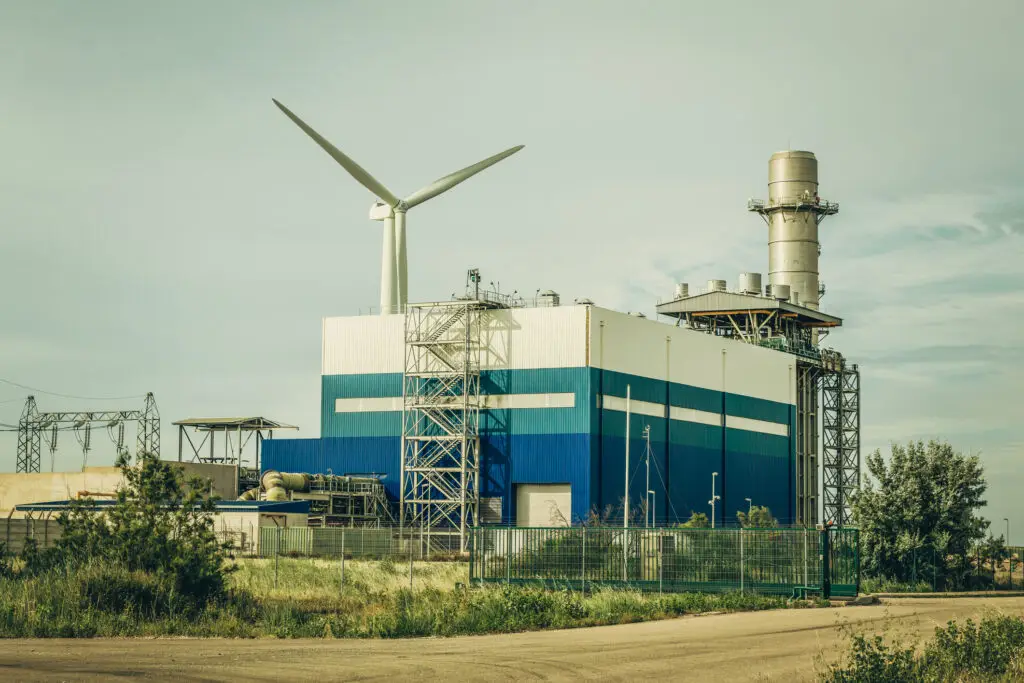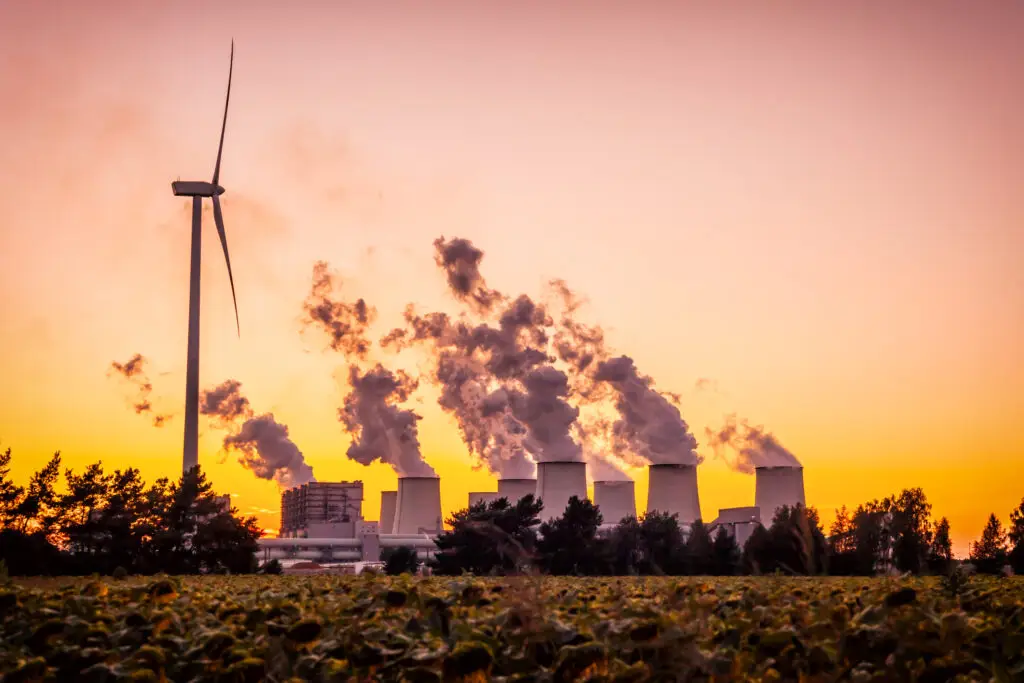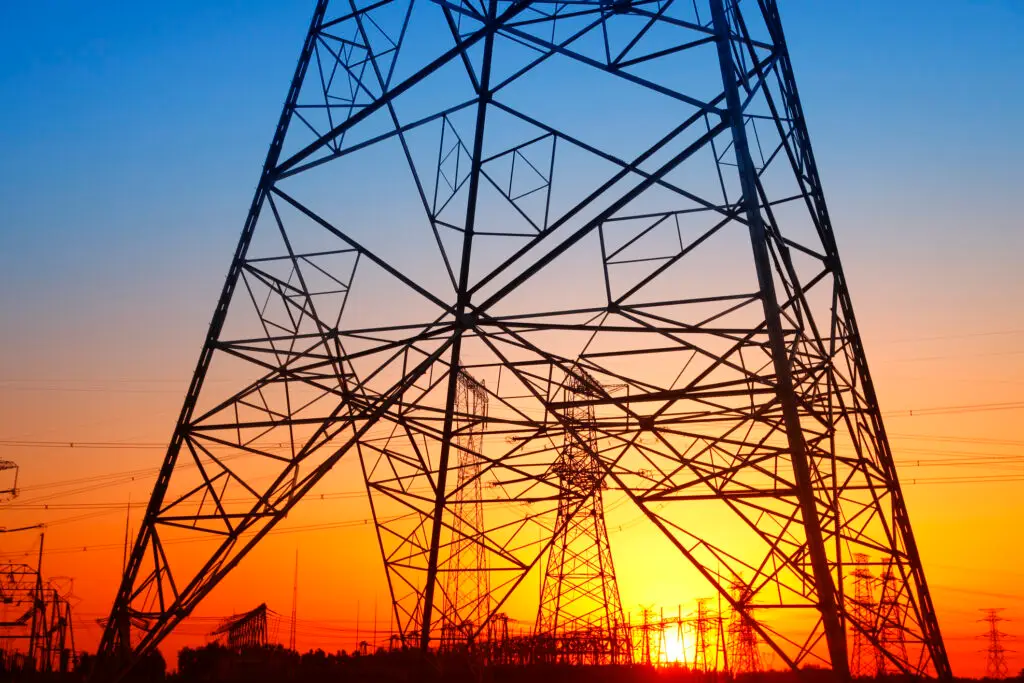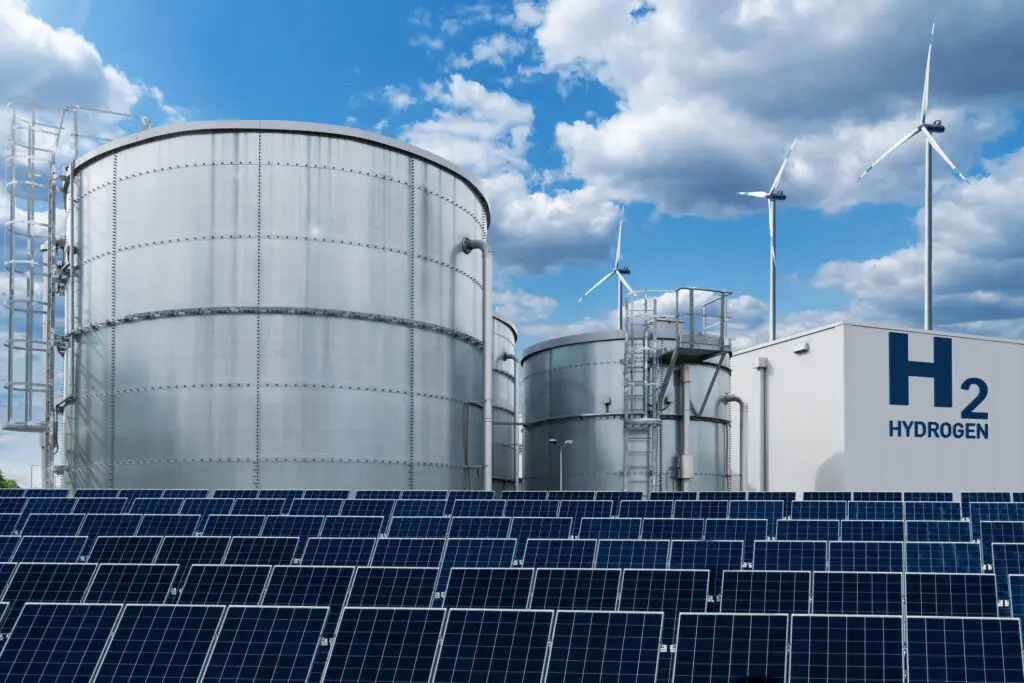Investors, consumers, and regulators are now expecting oil & gas companies to monitor and manage not only direct emissions from their own operations (known as “Scope 1”), but also emissions from the energy sourced to run their operations (Scope 2). If Scope 3 emissions—those that result from the end-user’s use of refined hydrocarbon—were to be included as well, it would fundamentally alter the oil & gas business and require companies to transform their operations.
You are currently viewing a placeholder content from YouTube. To access the actual content, click the button below. Please note that doing so will share data with third-party providers.
More InformationFinding a profitable path to reduce emissions is a decision with a high degree of analytical and organizational complexity. The optimal path depends on the company’s asset type, recovery technologies, emission reduction goals, core capabilities, and the regulatory environment in which it operates. While there is no universal recipe for a successful energy transition strategy, oil & gas companies can find their own path to reducing emissions through a carefully designed process with analytical rigor—just as they now make decisions for their core oil & gas operations.
View this informative webinar to learn how oil & gas companies are setting their own paths to energy transition strategy.
Webinars
Explore further insights from our experts by checking out our webinars.








